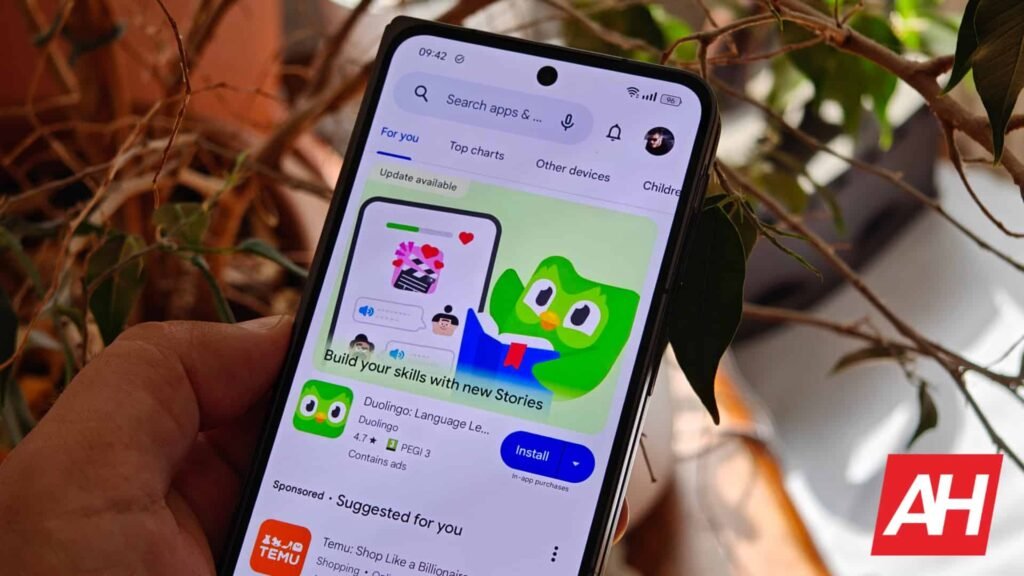

If you think that developing apps is just about coming up with an idea, coding, and compiling, think again. There’s a lot more to app development that you might think. Coding is obviously a big part of it, but how you go about coding it matters too. Sometimes, if your coding is inefficient, it can lead to issues like excessive memory consumption or battery drain. This is something Google wants to highlight in the Play Store, where it will soon show which apps are battery hogs.
Google Play will show apps that cause excessive battery drain
In a recent post on its Android Developers Blog, Google revealed that it is working on new metrics for Android apps that could display warnings to users. One of those metrics is if apps on Google Play might be causing excessive battery drain on mobile devices.
Google was actually working on these metrics earlier this year, which was co-developed in collaboration with Samsung. The company says that it has since refined the algorithm to be more accurate and representative.
So, what does this mean? This basically means that in the future, apps that cause excessive partial wake locks could have a negative impact on its ranking or listing on the Play Store. According to Google, “Apps can hold wake locks to prevent the user’s device from entering sleep mode, letting the apps perform background work while the screen is off. We consider a user session excessive if it holds more than 2 cumulative hours of non-exempt wake locks in a 24 hour period. These excessive sessions are a heavy contributor to battery drain.”
The company is also defining the “bad behavior threshold” as “when 5% of an app’s user sessions over the last 28 days are excessive.”
So, what will happen to apps?

So, what happens if an app crosses this bad behavior threshold? According to Google, this will have an impact on the app’s discovery. The company says that apps that cross this threshold may be excluded from recommendations. It might even be slapped with a label that warns users that the app may cause excessive battery drain.
This is something that developers do not want. Obviously if such a prominent warning is displayed, users will just look elsewhere (assuming alternatives are available). The good news is that Google is giving developers time to fix it. The changes are only expected to take place on March 1, 2026. Until then, developers are encouraged to review their app’s performance, identify excessive partial wake locks, and then fix it.
The post Google Play to Flag Apps That Drain Too Much Battery appeared first on Android Headlines.

